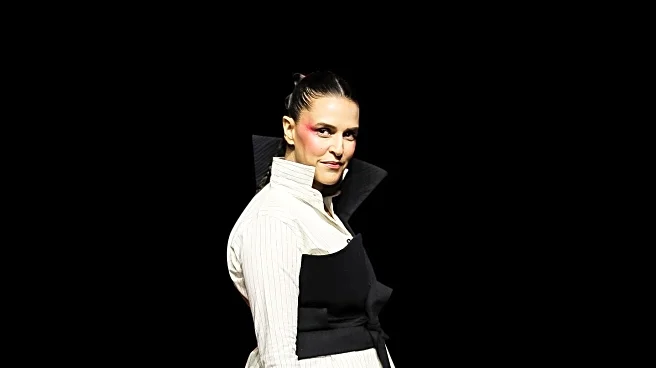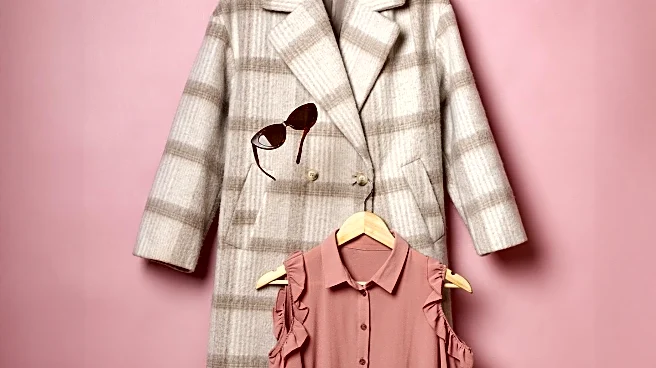What's Happening?
Jean Paul Gaultier's extensive runway archive has been documented in a new volume by Thames & Hudson, showcasing the designer's diverse and influential work. The book, part of the Catwalk collection, features hundreds of previously unpublished images
from Gaultier's shows, spanning from his debut in 1977 to his final collection in 2020. Laird Borrelli-Persson, the author and archivist, undertook the task of compiling every Gaultier show, highlighting the designer's unique approach to fashion, including his emphasis on street casting, size inclusivity, and diversity. The archive serves as a testament to Gaultier's ability to find beauty in unconventional places and his commitment to ready-to-wear fashion, which often incorporated upcycled materials.
Why It's Important?
The unveiling of Jean Paul Gaultier's runway archive is significant as it provides a comprehensive look at the evolution of fashion over several decades. Gaultier's work challenged traditional norms and introduced concepts that are now widely accepted, such as inclusivity and diversity in fashion. By documenting these collections, the archive not only preserves the legacy of a pioneering designer but also offers insights into changing societal values and the cycles of fashion. This serves as an educational resource for future designers and fashion enthusiasts, highlighting the importance of physical archives in a digital age.
What's Next?
The release of the archive may inspire other designers and fashion houses to document and share their historical collections, fostering a greater appreciation for the industry's evolution. It could also lead to increased interest in Gaultier's work, potentially influencing contemporary fashion trends. As the Catwalk series continues to grow, it may become a cultural touchstone, encouraging discussions about the intersection of fashion, history, and societal change.
Beyond the Headlines
The documentation of Gaultier's work underscores the importance of preserving fashion history, which predates the internet. It allows for conversations between past and present, highlighting how fashion reflects and influences cultural and societal shifts. The archive also emphasizes the role of physical archives in maintaining the integrity and authenticity of historical records, which can be lost in digital formats.













